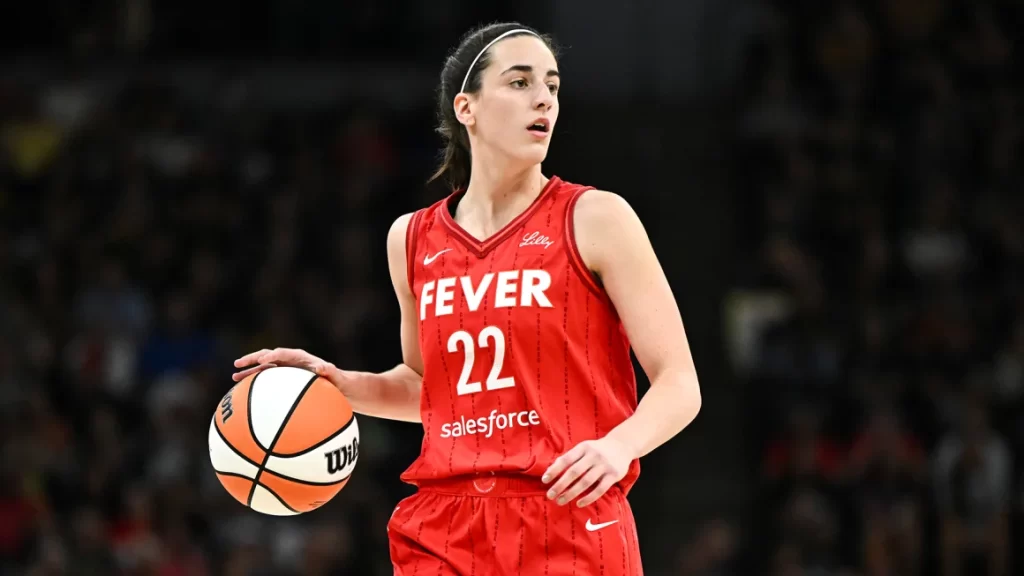
Deloitte predicts that the revenue from women’s top sports would more than triple in 2022, hitting a record $2.35 billion this year.
2024 will be “a landmark year for women’s sports, shattering expectations and exceeding Deloitte’s initial projections,” according to the consulting firm’s updated data and projections for women’s elite sports earnings across matchdays, broadcasts, and commercial partnerships, which were announced this week.
The WNBA securing a new broadcast deal amid record interest and viewership, NWSL players securing a new Collective Bargaining Agreement (CBA), AC Milan becoming the first European soccer club to guarantee automatic contract renewals for players who become pregnant in the final year of their contract, and women Olympians at the Paris Games generating over 50% of social media engagement despite their competitions being featured less than men were among the major headlines of the past year.
However, the report’s fundamental setting was the persistence of inequalities across markets, sports, and even leagues.
At 44% and 35%, respectively, basketball and soccer are predicted to continue to be the sports with the biggest income generation. On the other hand, North America (59%) and Europe (18%) remain the two largest worldwide marketplaces.
There are still disparities even in one of those highest-paying sports. According to FIFA’s annual Women’s Football Benchmarking Report, which was also made public this week, the average compensation for a women’s soccer player is $10,900 annually; however, this figure is pushed upward by the 16 international teams that pay salaries that average more than $50,000. Because of this, many female soccer players worldwide earn significantly less than the $10,900 average.
The ramifications also extend well beyond pay. Non-financial advantages, like as housing benefits and health insurance, are more likely to be offered by clubs that pay more than $5,000 than by those that don’t.



